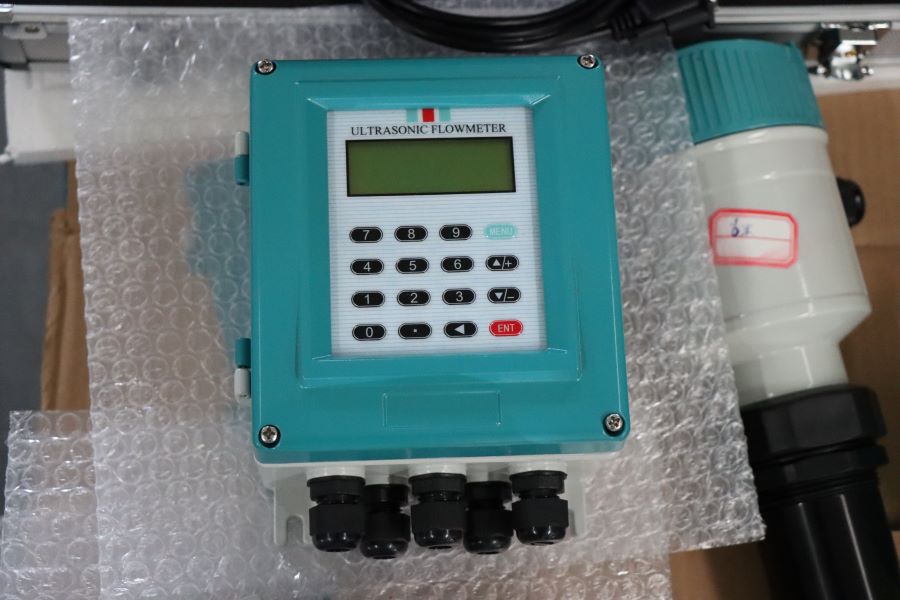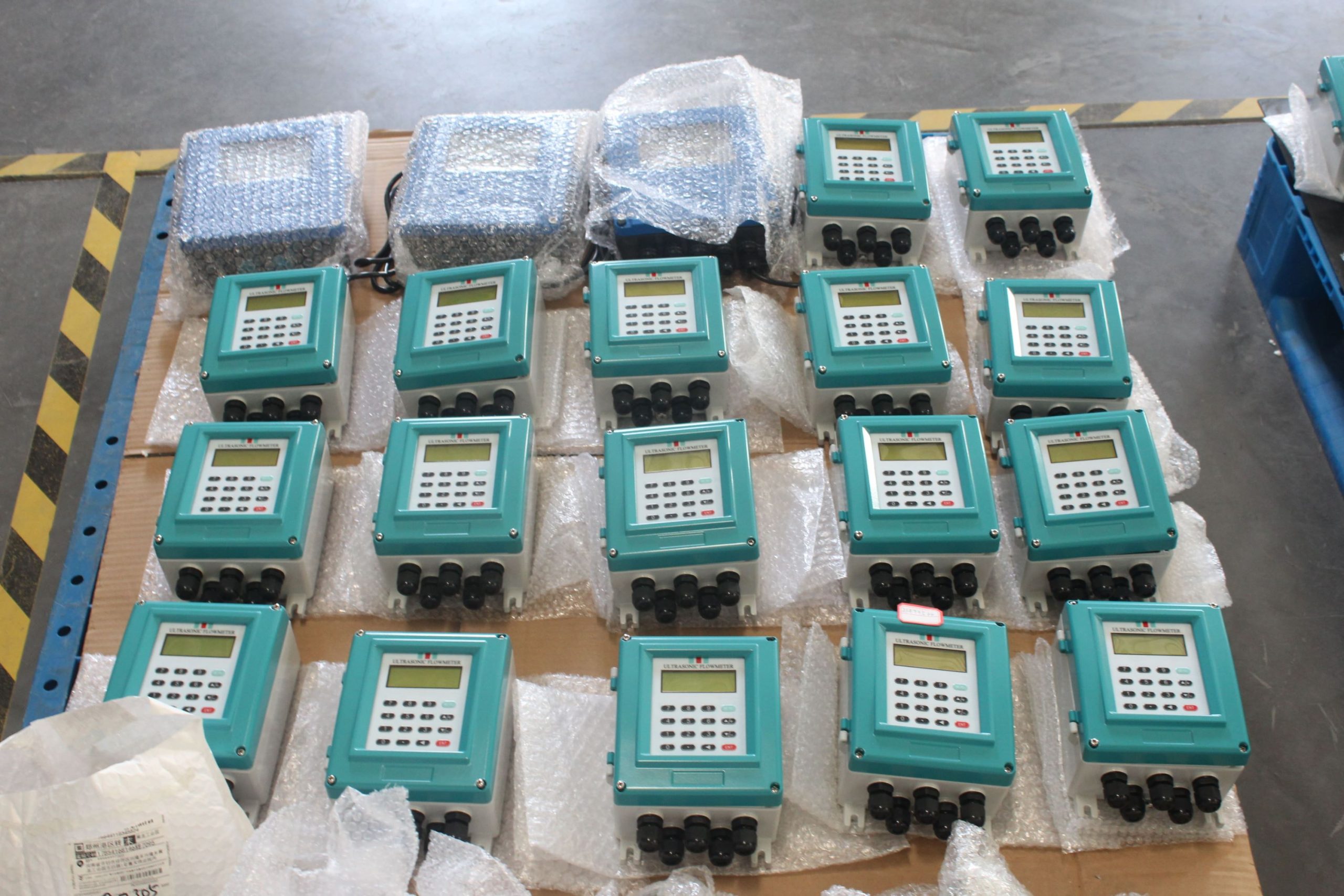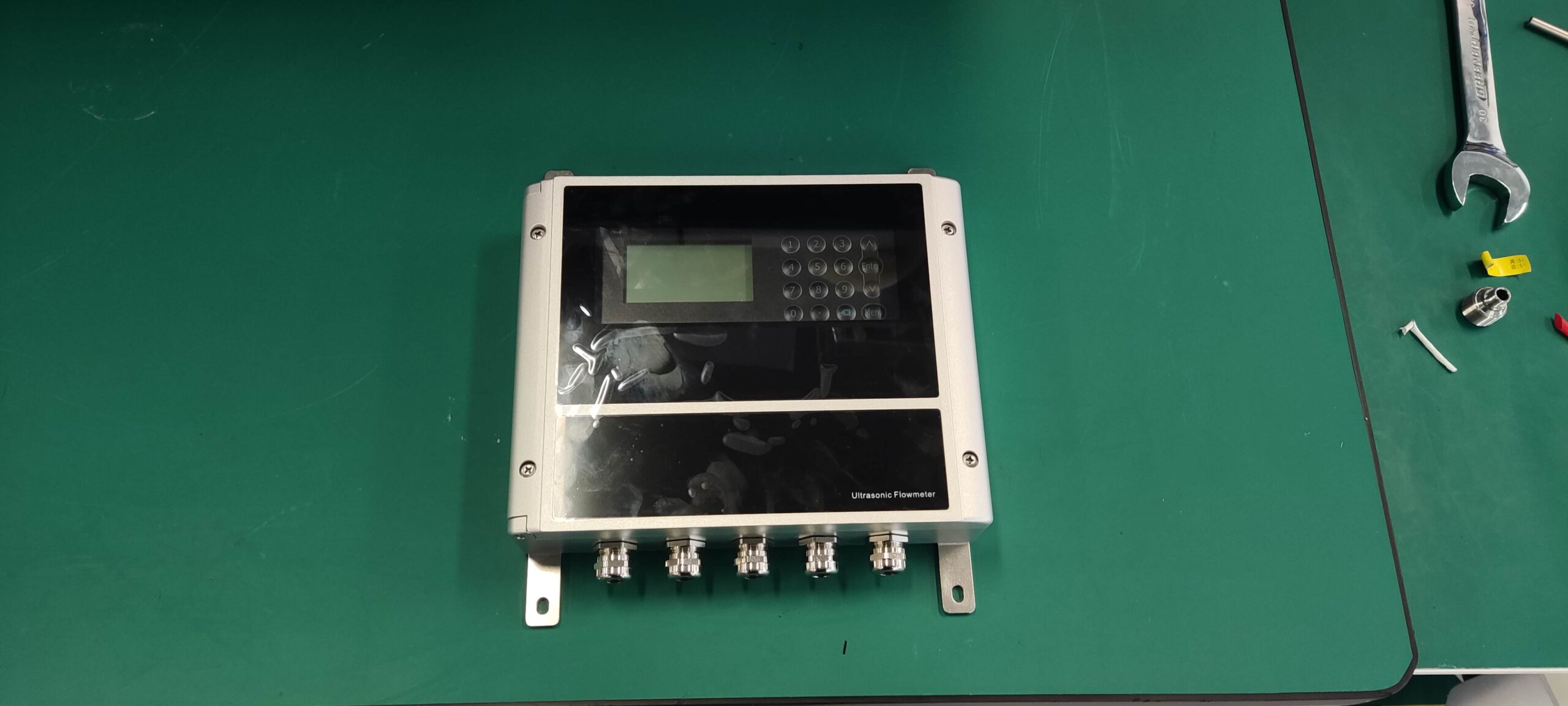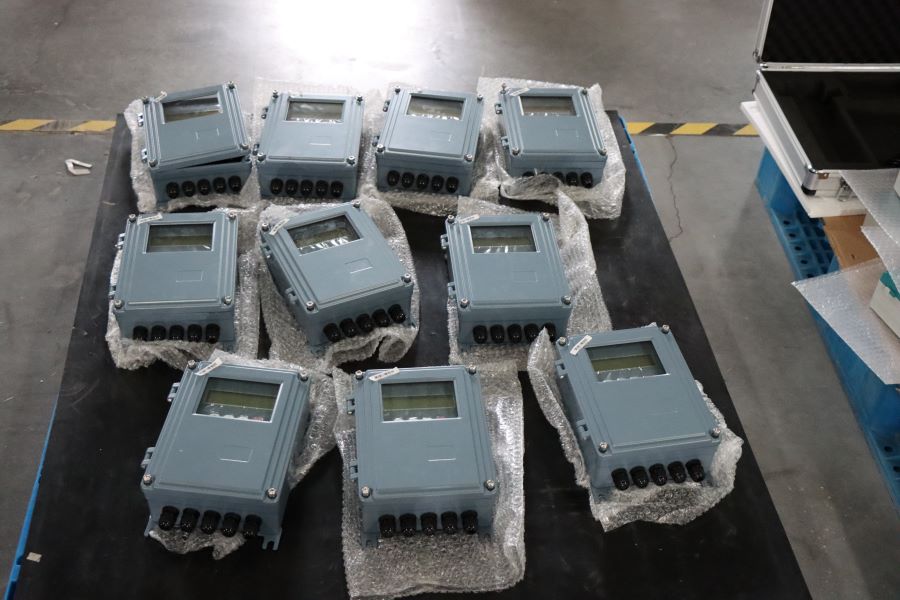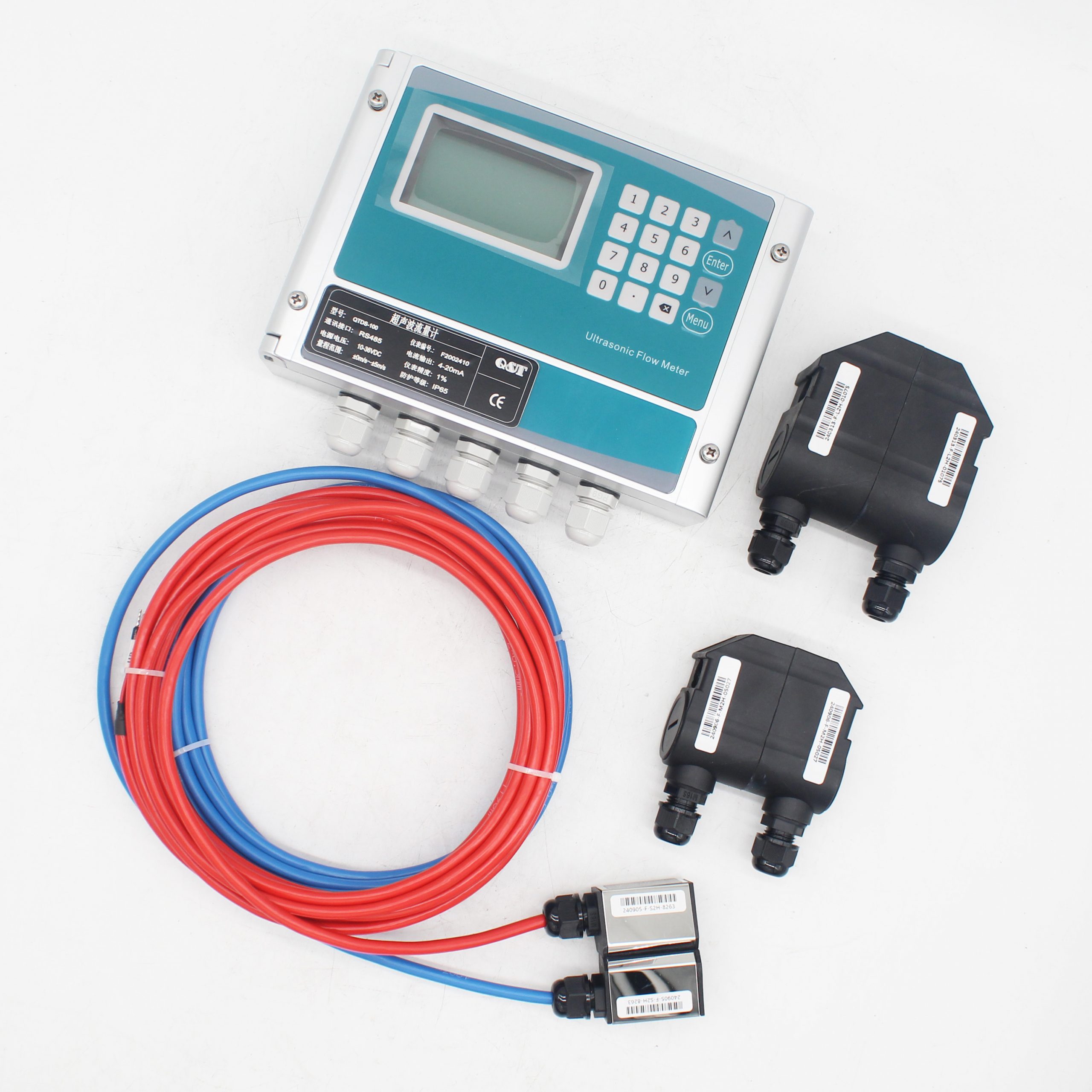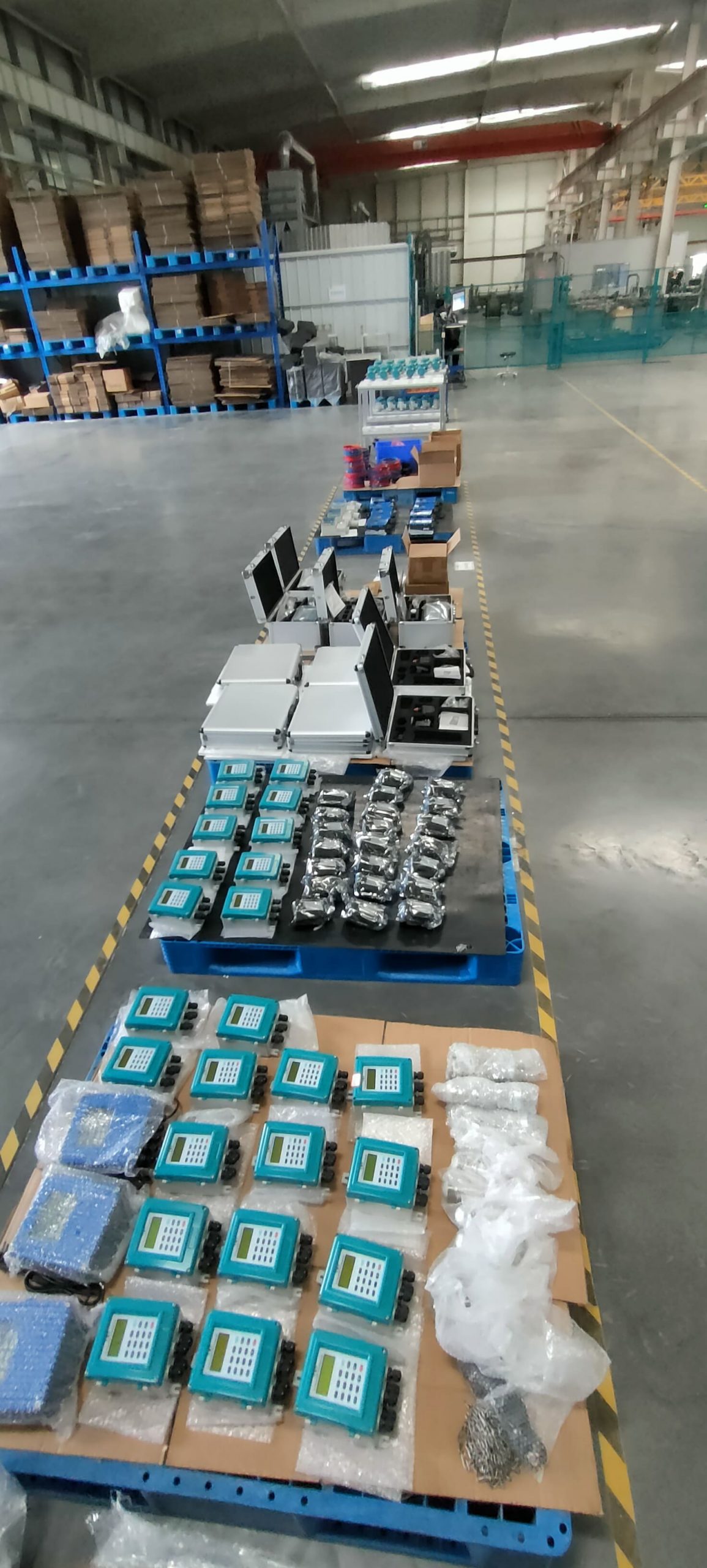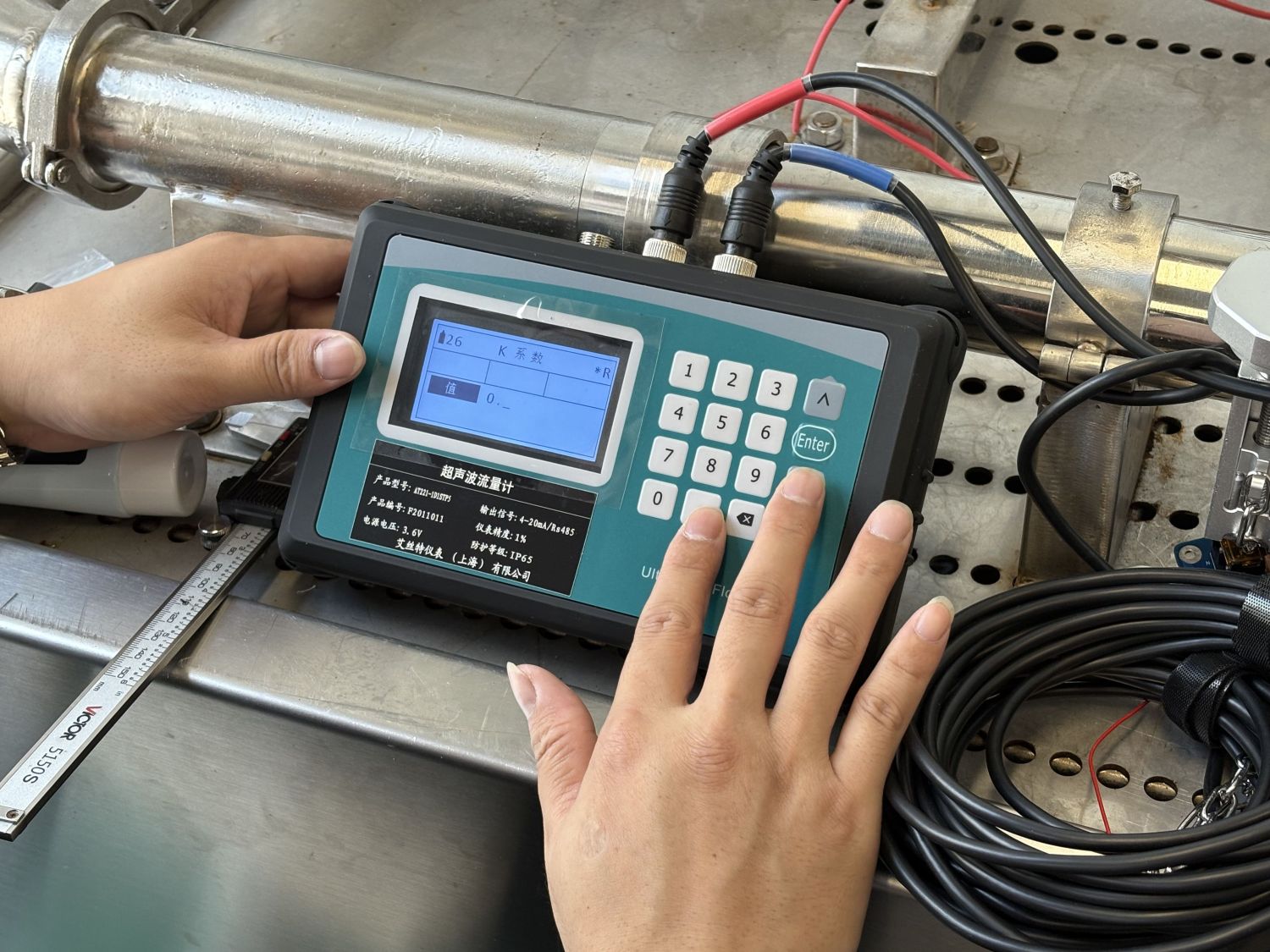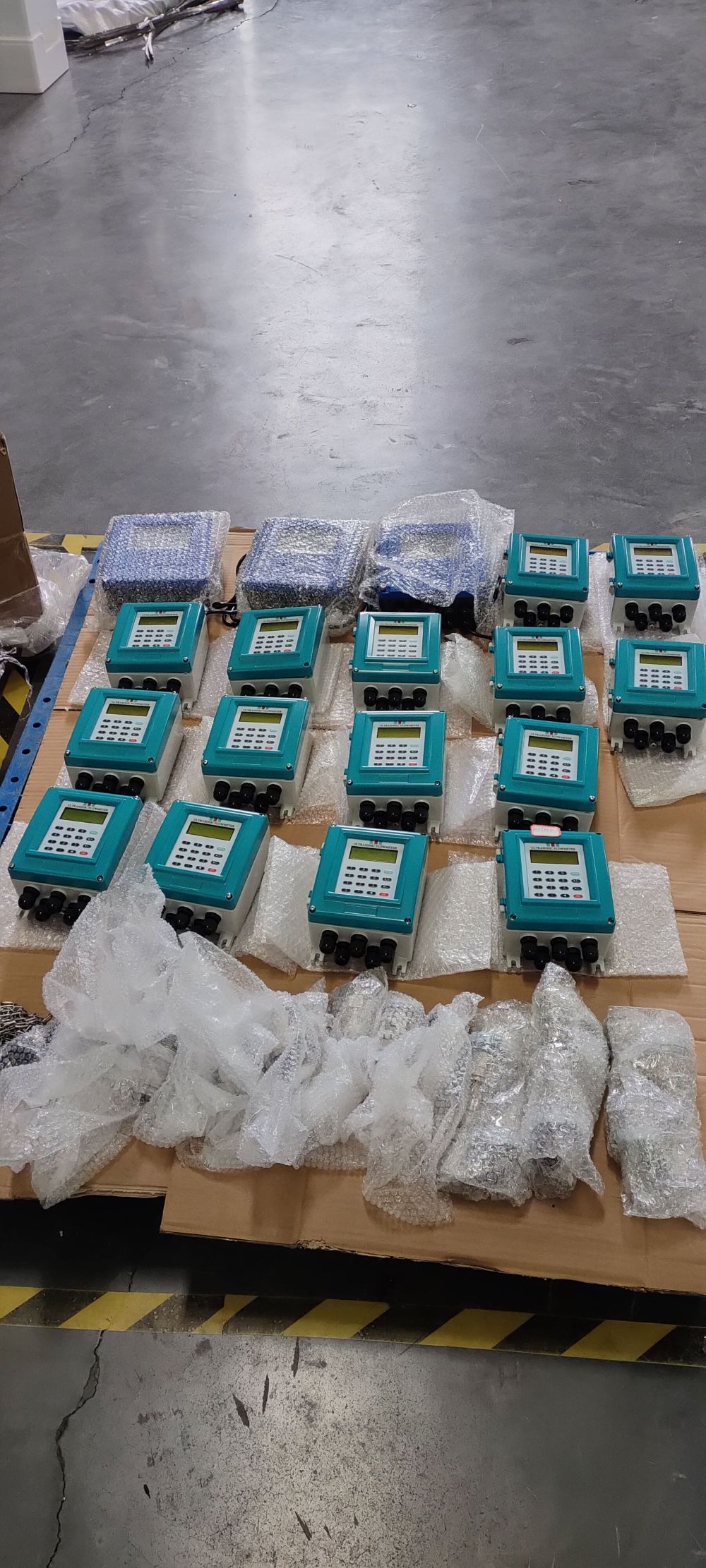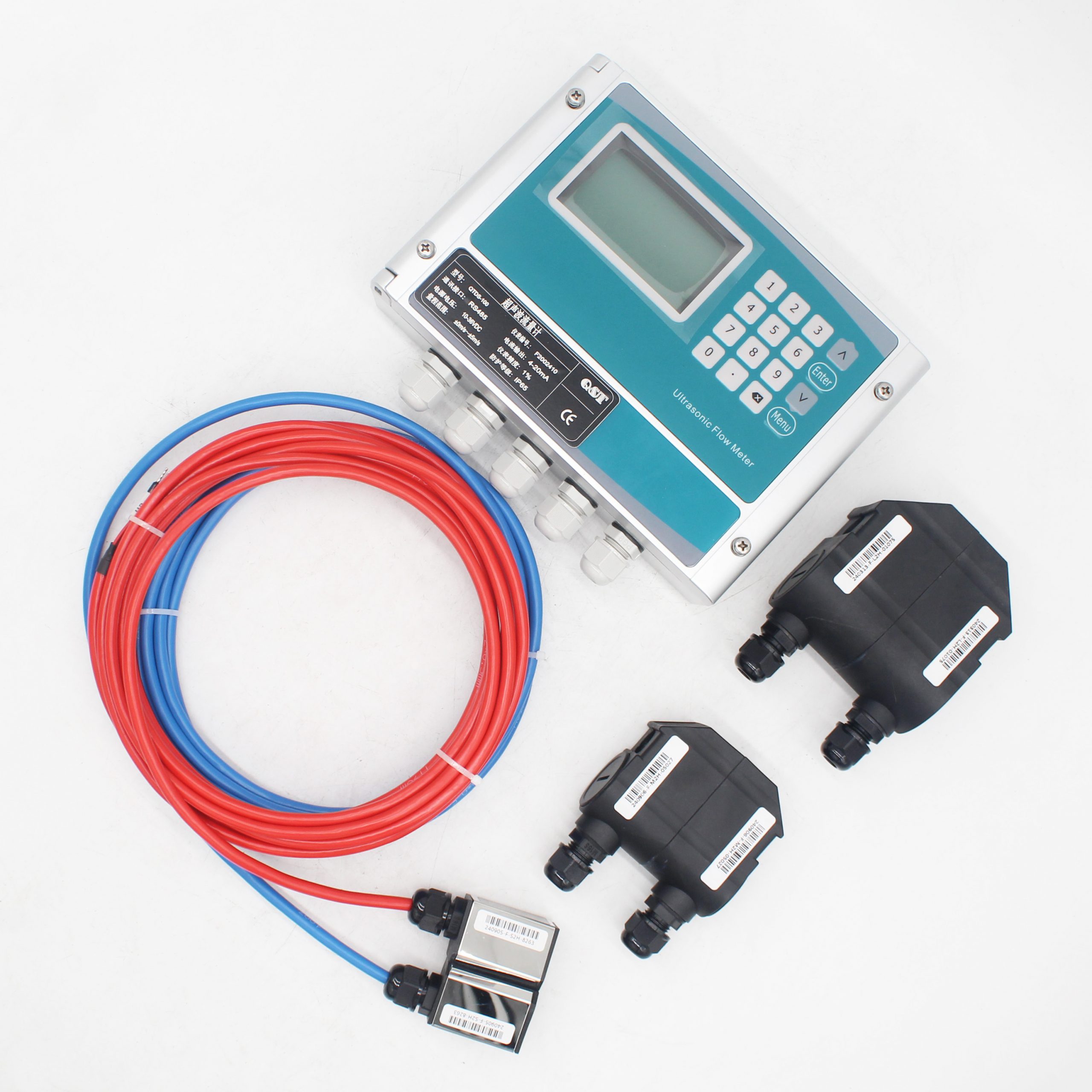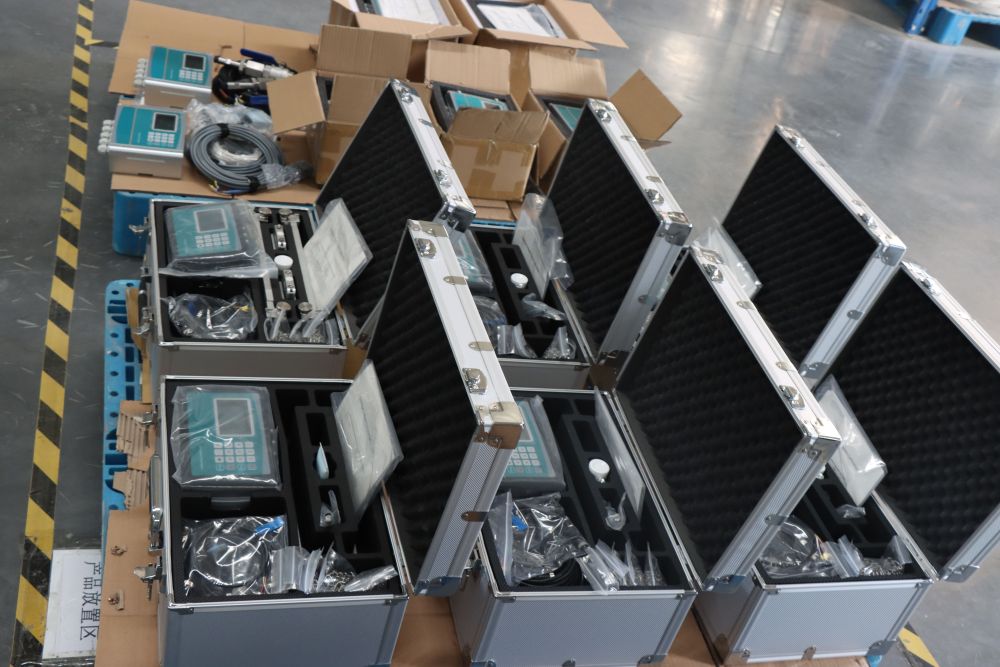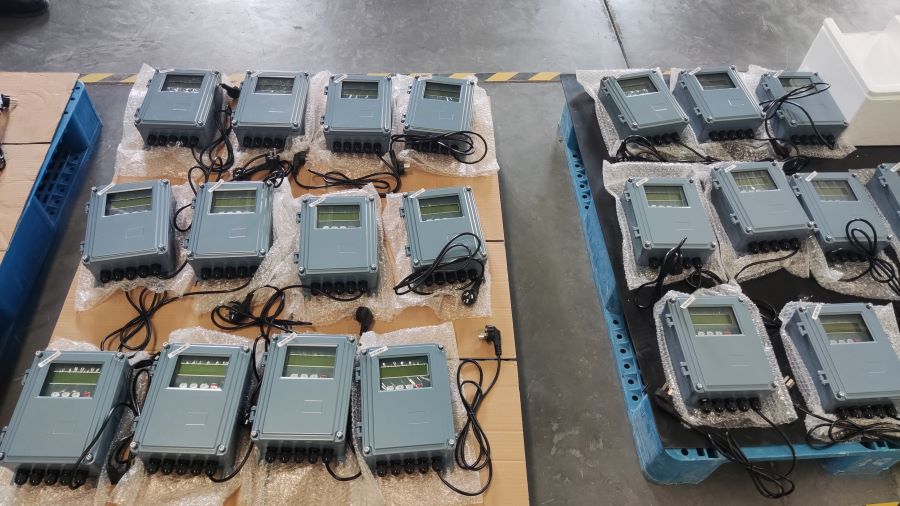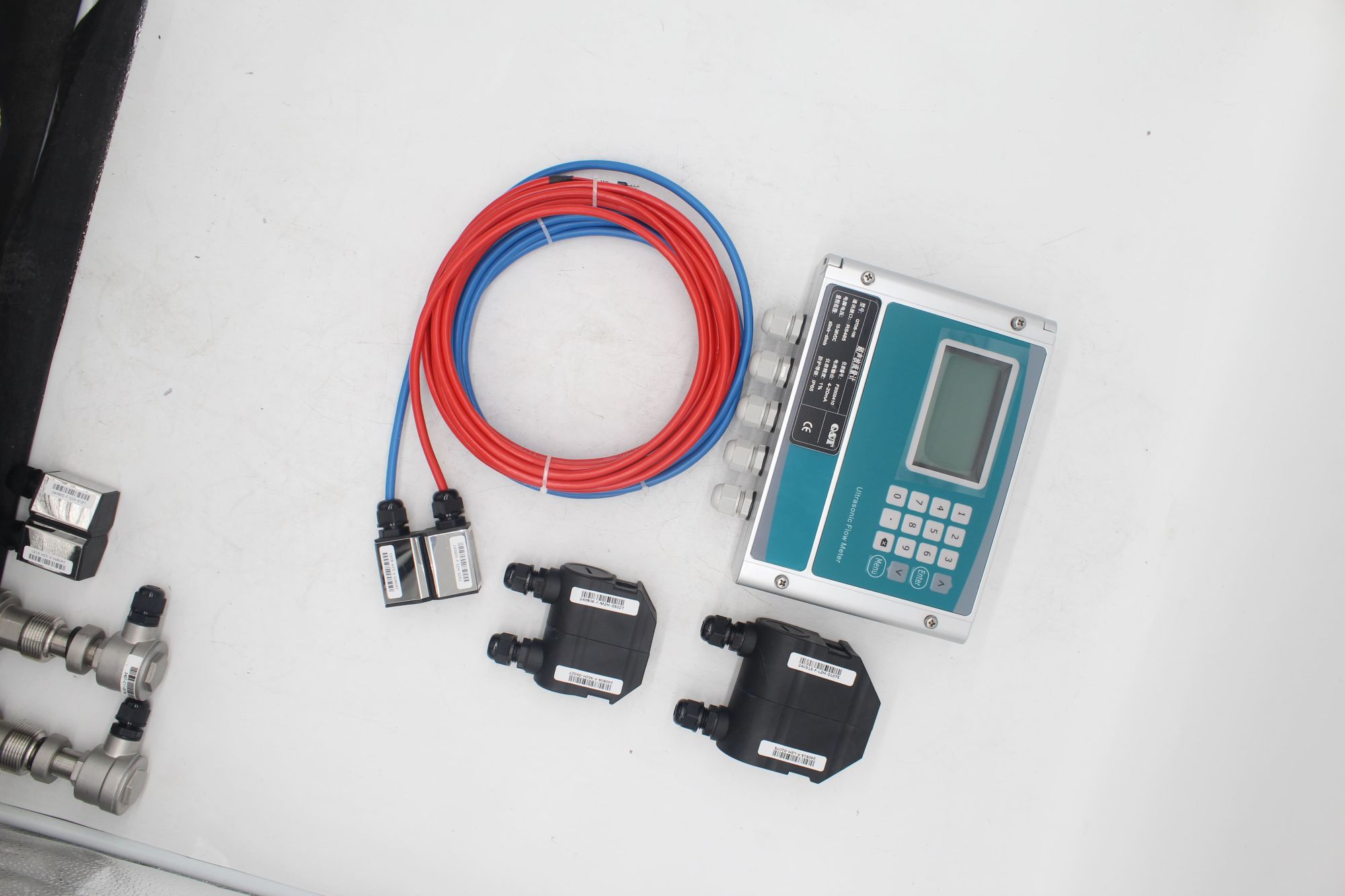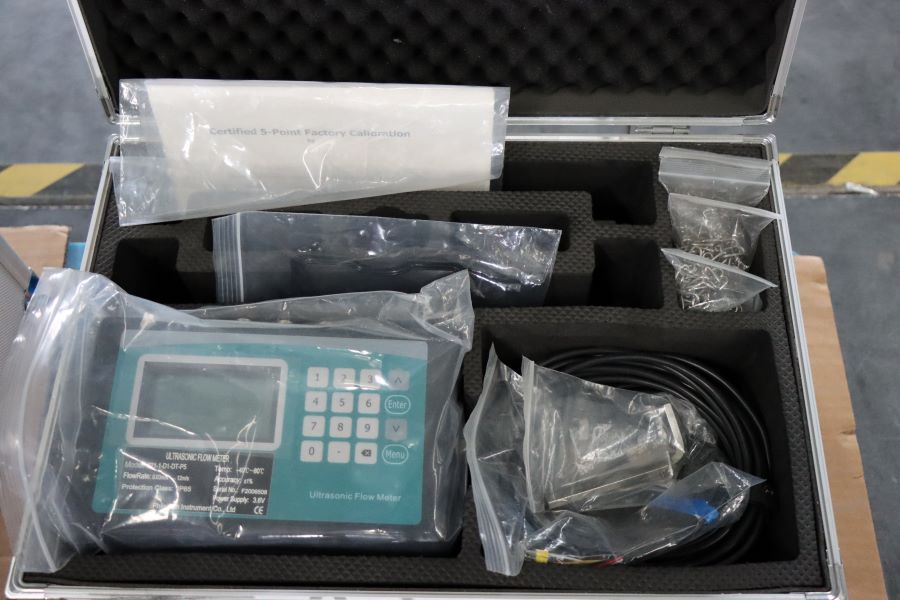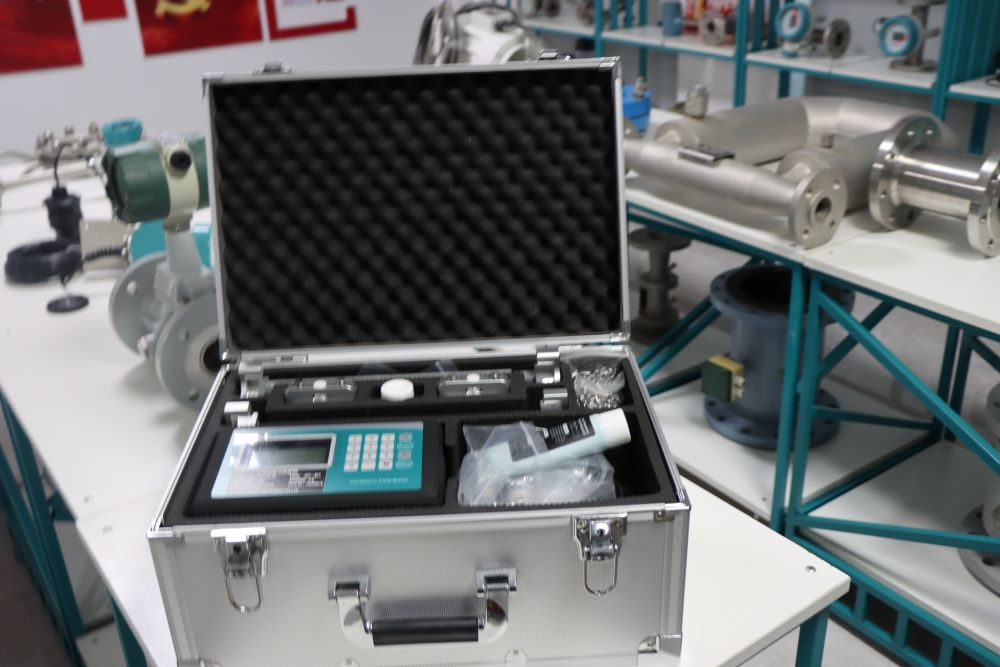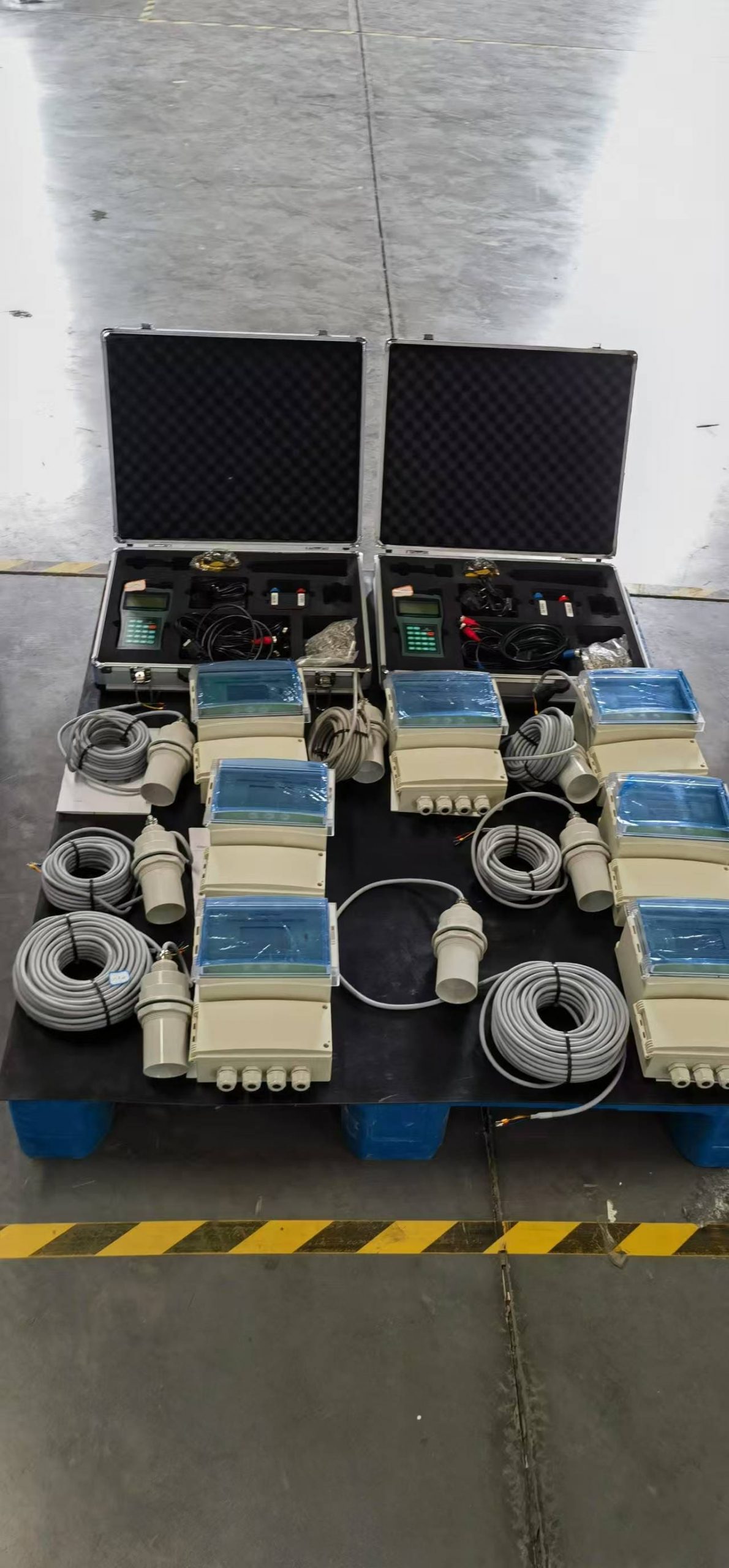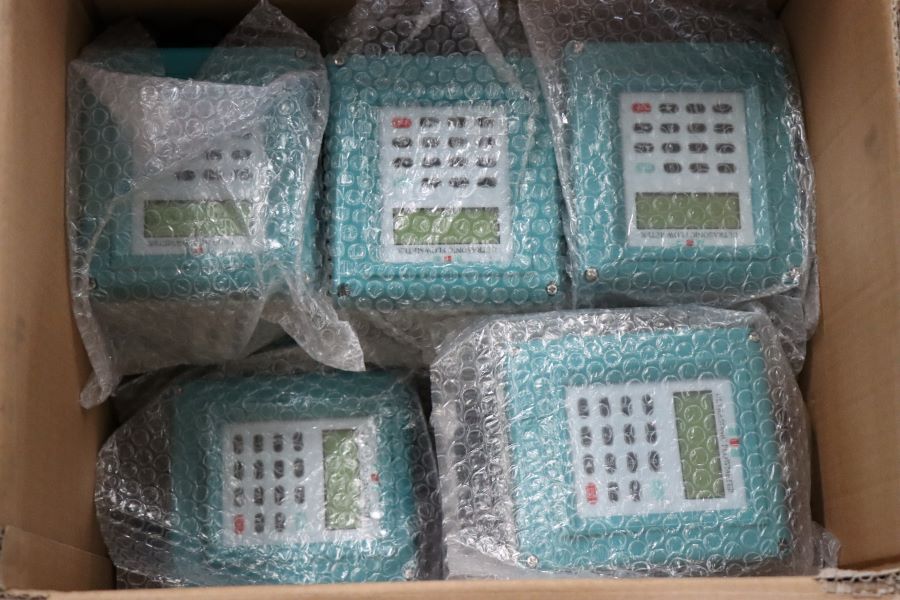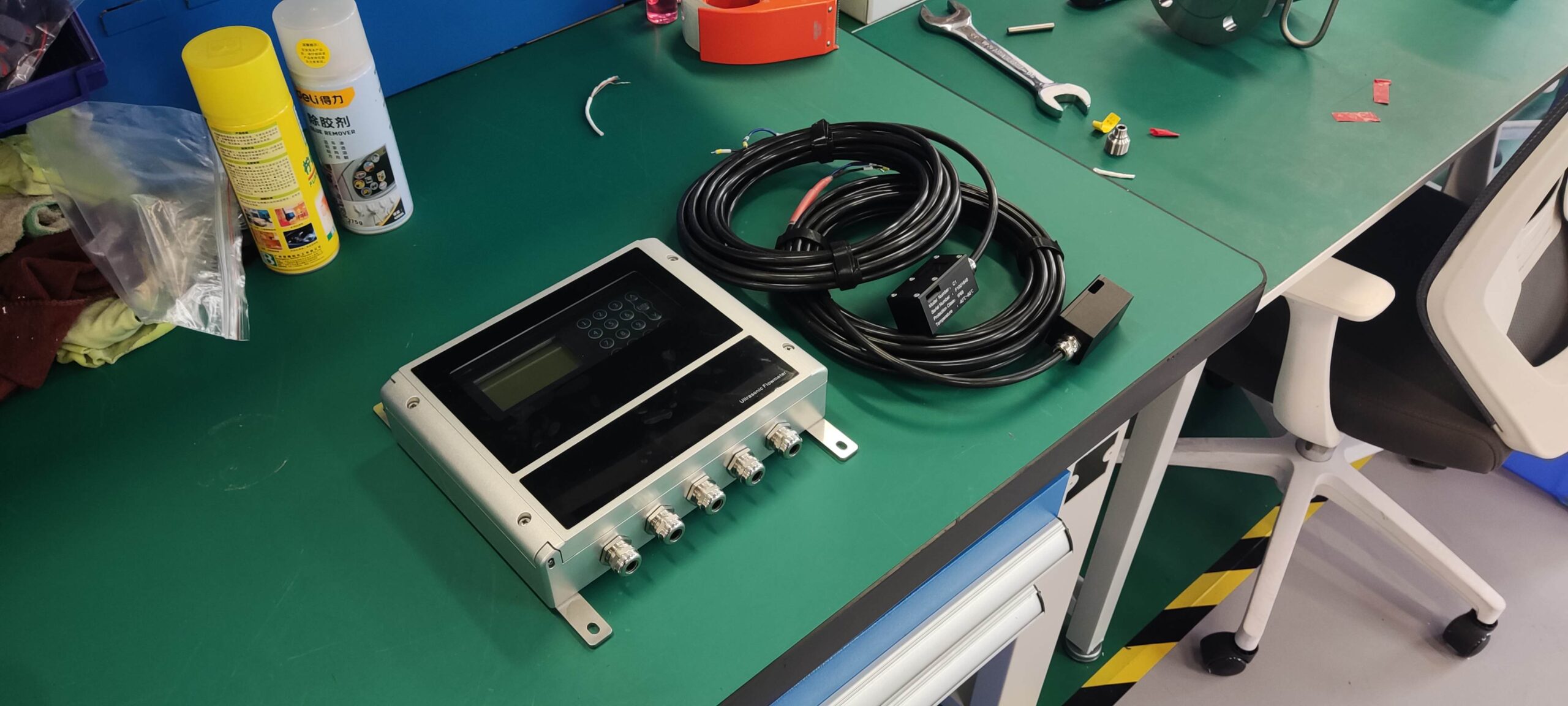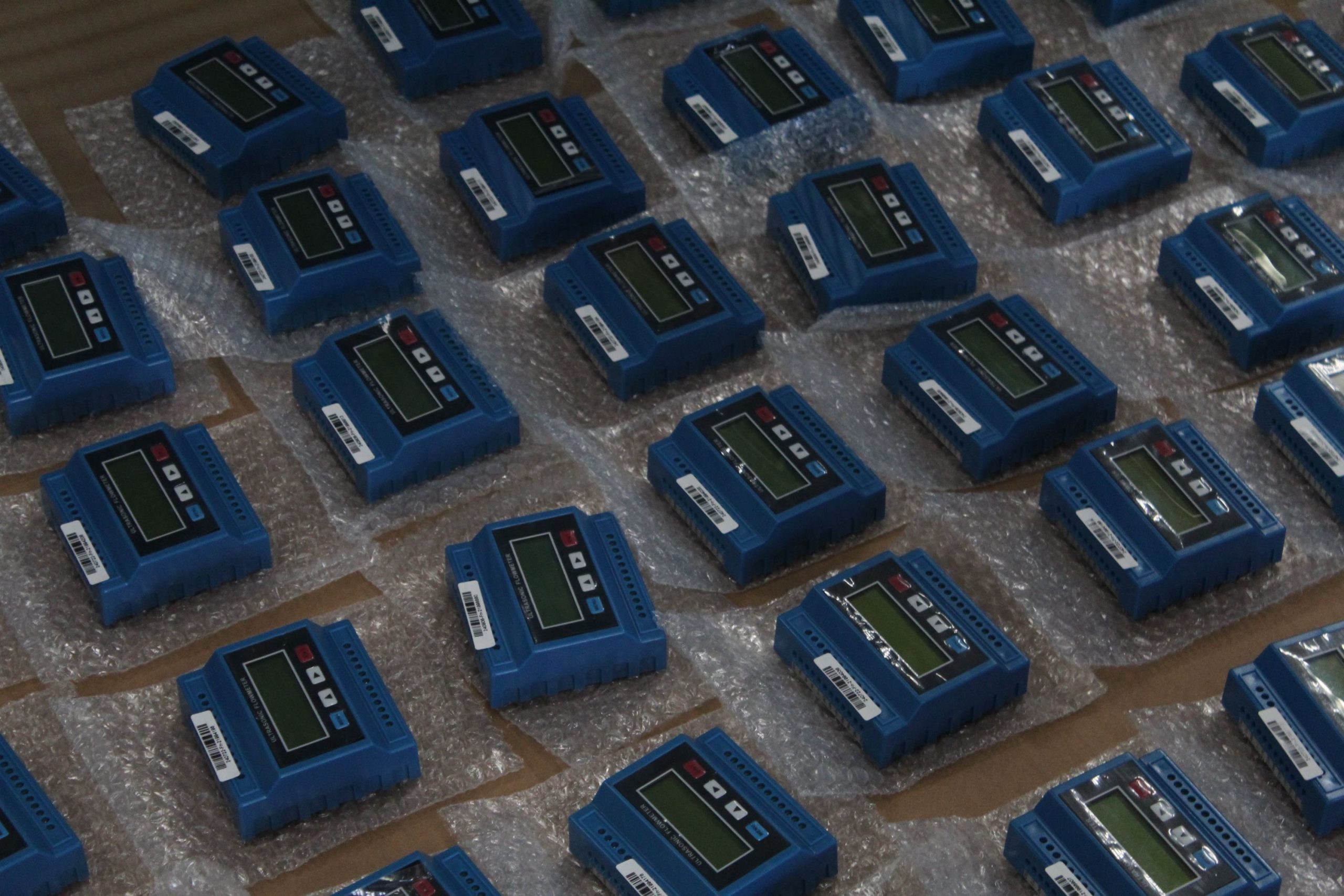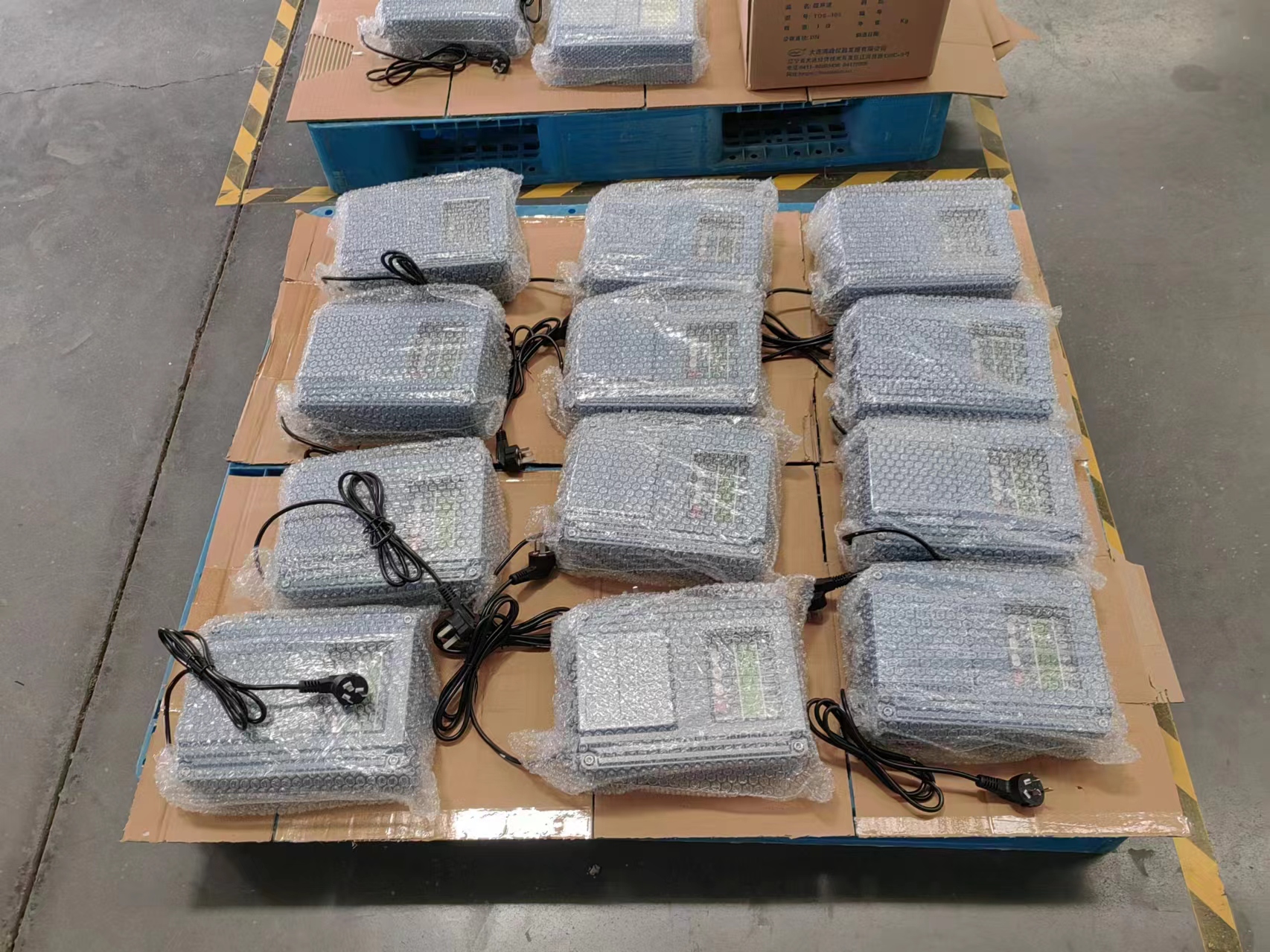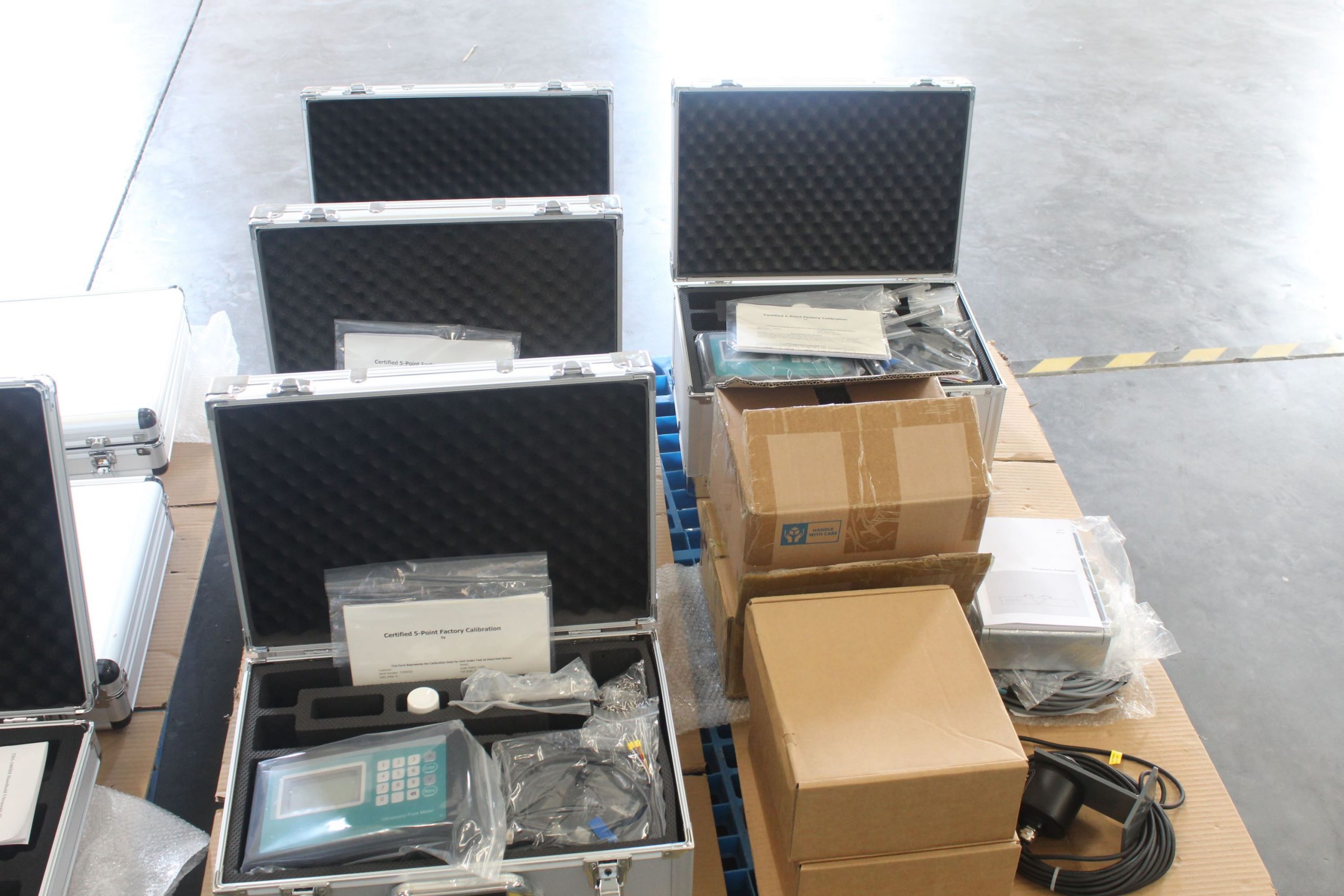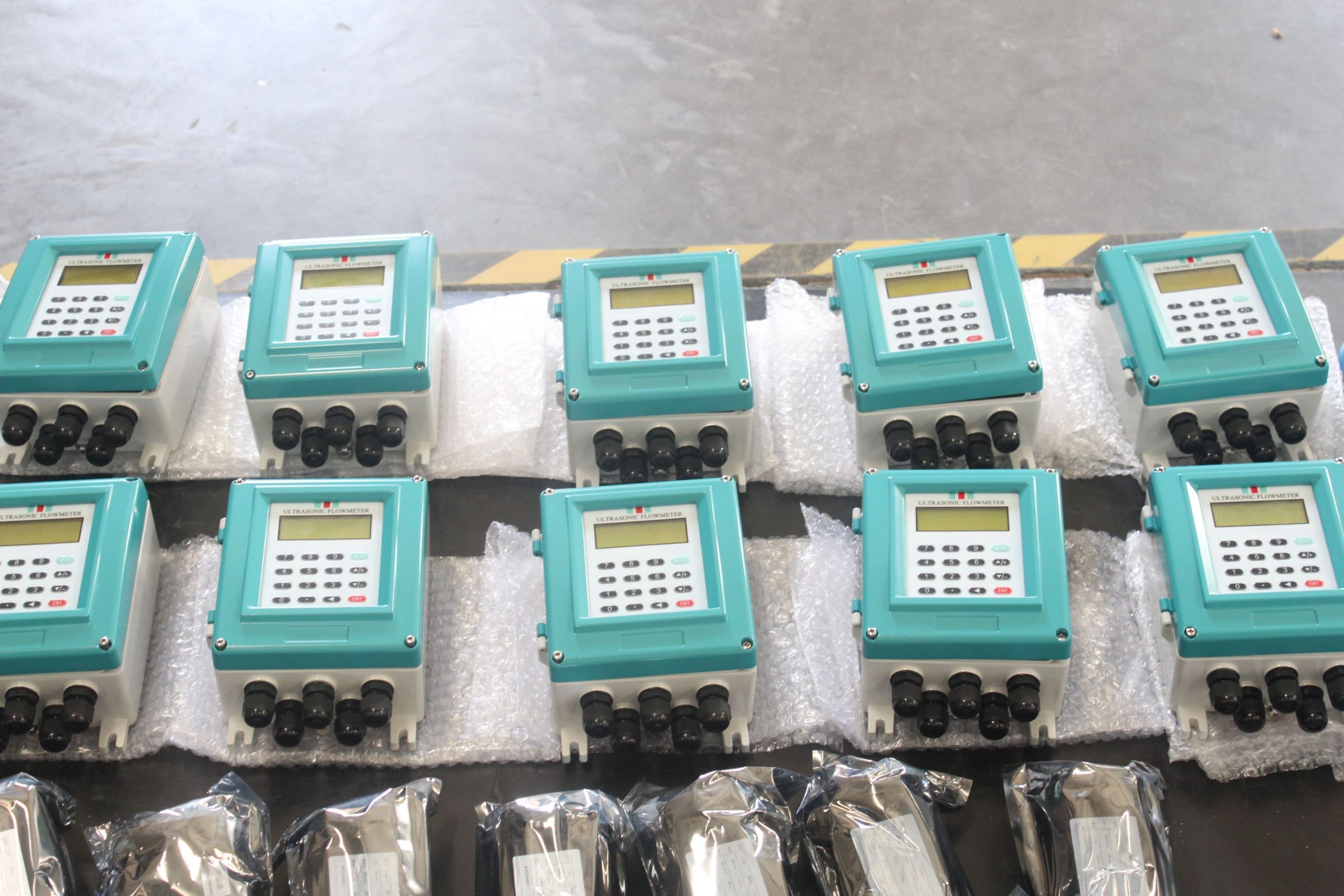Installation guide of ultrasonic flow meter
Ultrasonic flowmeter is cost-effective, easy to install and maintain. Today, flowmeter manufacturer Aister meter makes the following guidance for you on the installation of ultrasonic flowmeter.
1, sensor installation
Ultrasonic flowmeter according to the different measurement environment and measurement probe, divided into Z method, V method, X method, etc., measurement sensor installation method selection principle is: when the water along the pipe axis parallel flow, choose Z method installation; When the flow direction is not parallel to the pipe axis or the installation location of the pipeline limits the installation interval of the transducer, the V method and the X method are used, and the measurement accuracy of the V method is higher than that of the Z method without affecting the signal reception. The distance between the two sensors has strict requirements, must be installed according to the specified size, different installation spacing has different effects on the measurement accuracy, and some even have a large error.
2. Influence of pipeline parameter input
After the fixed ultrasonic flowmeter is installed, the meter needs to input pipe diameter, pipe wall thickness and other parameters, change the input parameters when the pipe is fixed and unchanged, the error of the pipe diameter input, the error of the measurement result will be expanded by 2 times, and the input error of the pipe wall thickness is positively correlated with the measurement error, but the impact on the measurement result is not very large
3. Impact of installation environment
When installing a fixed ultrasonic flowmeter, it is generally required that the upstream and downstream of the flowmeter have a straight pipe section with a diameter of 10 times and more than 5 times, respectively, to ensure that the flow state of the measured medium meets the accuracy requirements of the instrument, and the installation location that meets the requirements is often not found when the field is installed and used. The lack of straight pipe section leads to different measurement errors, and the downstream straight pipe has a small impact on the accuracy, and the upstream side has more than three times the straight pipe diameter can be basically used. When the upstream straight pipe section is not enough, such as when the table is installed after the elbow, valve and pump valve, it is generally a positive error.
4, lining and pipe material impact
When the material of the measurement pipeline is incorrectly entered into the lining, it will also cause the calculation error of the probe installation distance, make the ultrasonic incidence Angle produce error, reduce the measurement accuracy, and affect the signal and setting in serious cases, so that it can not be measured. The influence of pipe lining on measurement is mainly due to the change of actual pipe diameter caused by the lining, which reduces the cross-sectional area of water, the flow pattern converted by the flow rate is correspondingly small, and the measurement error is proportional to the change of pipe cross-sectional area. If the lining is too thick and is ignored during setting or there is a gap with the pipe wall, detection or signal errors generally occur. Therefore, the lining material and thickness should be accurately input during measurement. The influence of pipe and lining quality on measurement is reflected in the difference in the propagation speed of sound waves in various media. If the actual sound speed of the material is greater than the set sound speed, the measurement result is smaller; otherwise, it is larger.
5, other external factors, couplings, signal cables
In the error analysis of the operation characteristics of the fixed ultrasonic flowmeter and the impact on the measurement of the portable ultrasonic flowmeter, it can be seen that in order to maximize the accuracy of the measurement of the flowmeter, the following points must also be paid attention to: the wall surface of the sensor installation is polished clean; The installation position of the sensor should be as far as possible in the bending axis plane of the upstream bend to obtain a close average value after smooth distortion of the bend. Sensor installation and tube wall reflection must avoid the interface and weld; The pipe lining and scale layer where the sensor is installed should not be too thick; Coupler must be used.

